Did You Know?
Every Street of Chicago
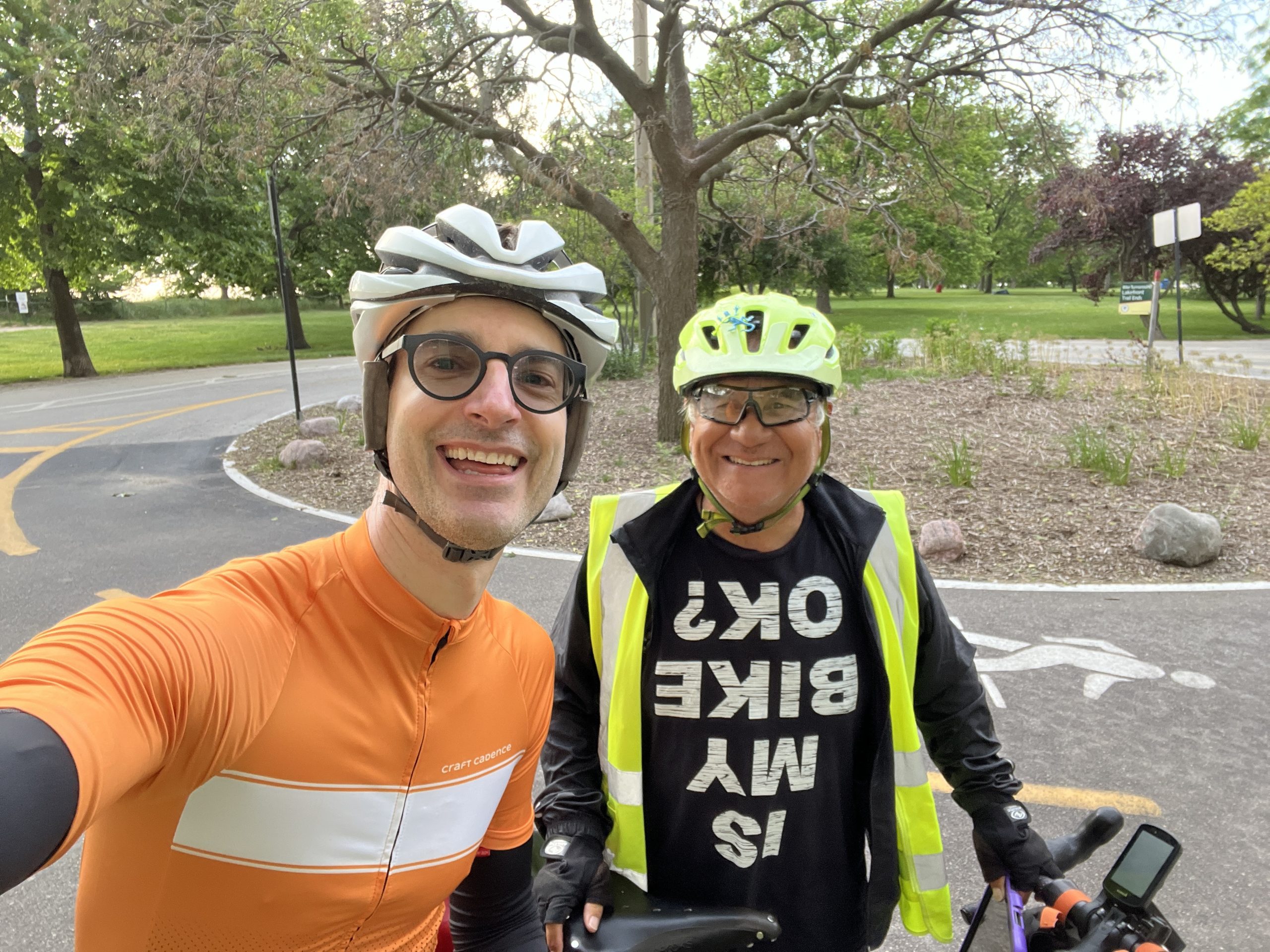
Having previously lived in Chicago for five years and now in Evanston for 13, I’ve ridden plenty in the city while commuting, running errands, or cruising down the lakefront.
But something special began brewing in early 2021 when I headed to the Back-of-the-Yards neighborhood to visit Sputnik, a coffee roaster whose beans I had recently bought in an Evanston store.
On that ride, I fell in love with exploring more of the city: riding the boulevards, viewing the architecture, talking with people, enjoying the smells from chocolate factories, bakeries, and taquerias.
That ride started what has evolved into a three-year project to ride every street in Chicago.
Riding 4,265 miles of bikeable roads – including all dead ends
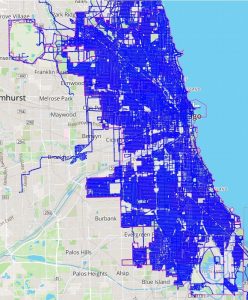
According to OpenStreetsMap.org, there are 4,265 miles of bikeable roads and paths in Chicago. By August 2021, I had ridden 25 percent of the streets and thought I would just cover the major streets to see most of the city.
I kept going and eventually aimed for 50 percent so I could see most neighborhoods. When I got to 60 percent, I wanted to finish the whole city…and that’s when I wished I hadn’t skipped all those dead ends early on — because I had to go back to ride them all. In 2023 alone, I rode 942 dead-ends.
It turns out, I’m not the only one to ride all of Chicago’s streets. Nor am I even the first to finish (Grant Davidson finished in 2023).
Using two apps Strava, which records every ride, and Wandrer.Earth, which maintains a cumulative record of every road ridden, I’ve met other Chicagoans working on the same project.
As of this writing, there are two more people on the verge of completion and hundreds more making progress. It’s a small indicator of how common cycling is in Chicago, which continues to see daily bike trips grow, and why we need to continue building more bike-friendly infrastructure.
A city full of contrasts
The city is full of contrasts: There are perfectly smooth roads in Grand Boulevard but also speed bumps so big in Portage Park that I’ve bent spokes. There are dense industrial areas on the Near West Side and, of course, the high-rises in the Loop, yet some stretches in South Deering feel like the countryside.
I’ve been chased by German Shepherds in Burnside and Brighton Park, but also by white miniature poodles with their ears and feet dyed bright pink in Fuller Park. There are Lincoln Park and Hyde Park mansions that stand in sharp contrast to the manifestation of decades of red-lining and devastating resource allocation in Englewood.
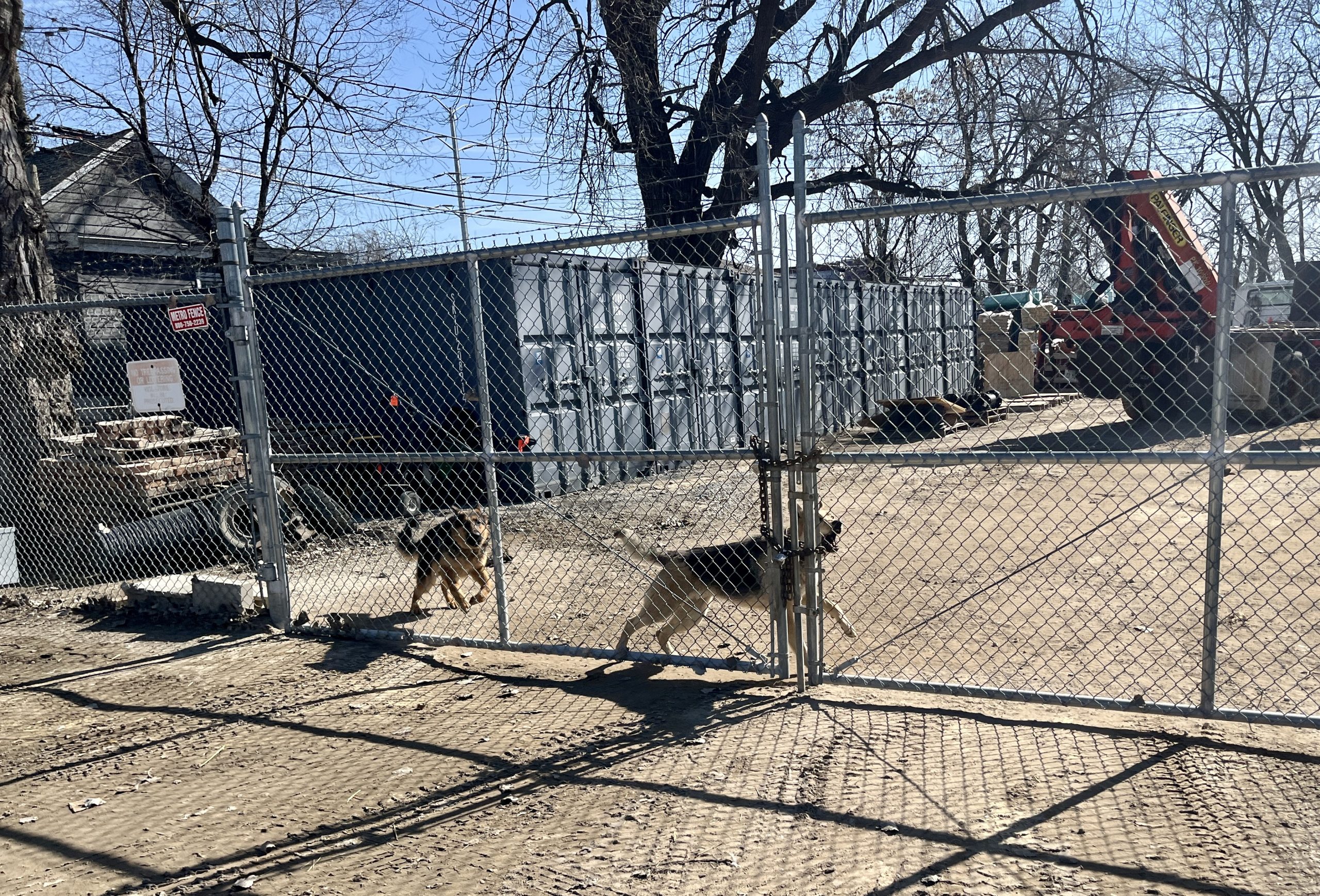
When I tell people about this project, they often ask whether it’s safe to ride everywhere. “Every neighborhood is safe…if you get there early enough,” a retired police officer in Hegewisch once told me. However, I’ve only met friendly people all over the city.
There were helpers everywhere. When going down some dead-ends, for example, someone often yells “Are you lost?” or calls out “Yo! You can’t go through that way!” Or that I can, but only through an inconspicuous gate, which they point out to me. My highest helper-count on one ride stands at four.
Chicagoans have been awesome and meeting people in every corner of the city has been one of the best experiences of this project.
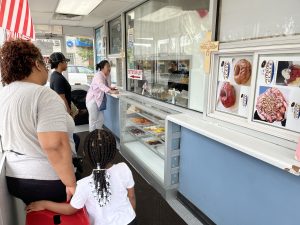 |
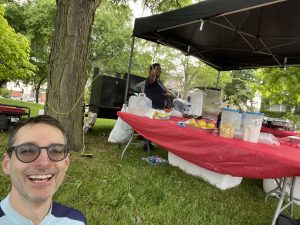 |
 |
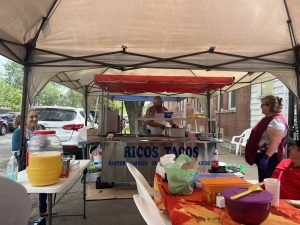 |
Ensuring safer streets for all
Many streets have been truly interesting to explore, but not all have been conducive to safe cycling.
I’ve been up and down California Ave. and Kedzie Ave. more often than I can remember, going through Logan Square and South Lawndale.
I’ve ridden Western Avenue from top to bottom many times on my way to Beverly and Morgan Park, as well as Halsted Street from Lake View to Roseland, West Pullman, and Riverdale.
Some were excellent routes with bike lanes; on others, I only felt safe at 7 am on a Sunday morning. On the latter streets, I couldn’t help thinking about people who must brave some of these streets on bicycles during rush hour commutes.
There are large areas, especially on the West Side and Southwest Sides, where you can be more than two miles from any marked bike lane.
But I was grateful for the bike lanes we do have, which made navigating safer.
When I neared completion, a friend suggested turning it into a fundraiser, and Active Transportation Alliance was the obvious choice: I routinely felt the benefit of their work to improve infrastructure for safer cycling. And there is still so much work to do.
I would encourage anyone who cycles, walks, or uses public transit to invest in the work of the Active Transportation Alliance. The benefits will outlast our lifetime and make the roads safer for generations.
This is a guest blog post written by Steve Hoffner.
Hoffner, 47, works in analytics for a small Evanston consulting firm.
With support from people like you, Active Transportation Alliance works to improve our options for walking, biking, and transit. You can be part of the movement by joining Active Transportation Alliance, renewing your membership, or donating today.
Make a Donation
Your tax-deductible donation supports the important work that Active Trans does throughout the region

